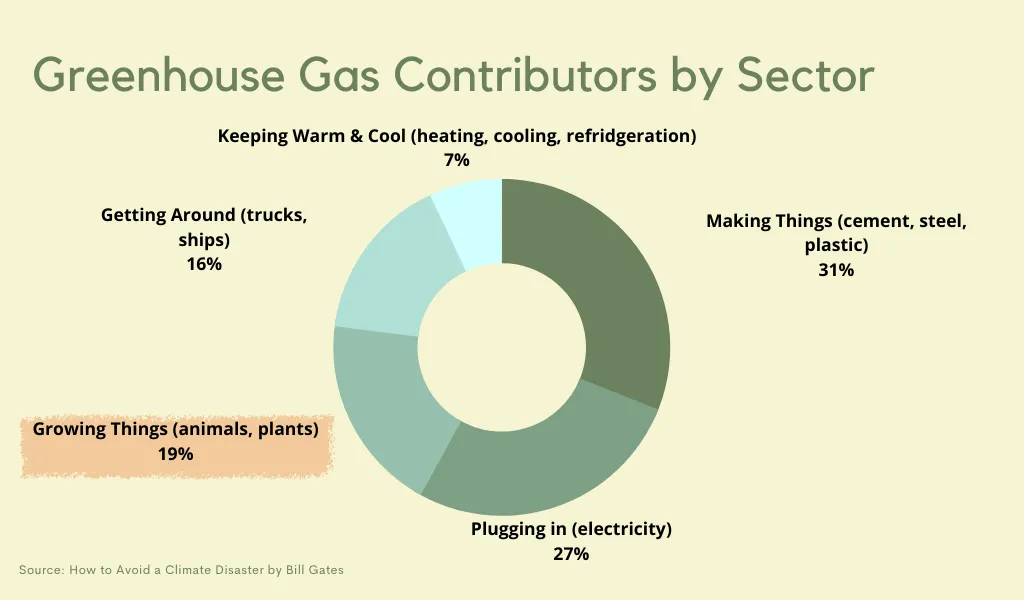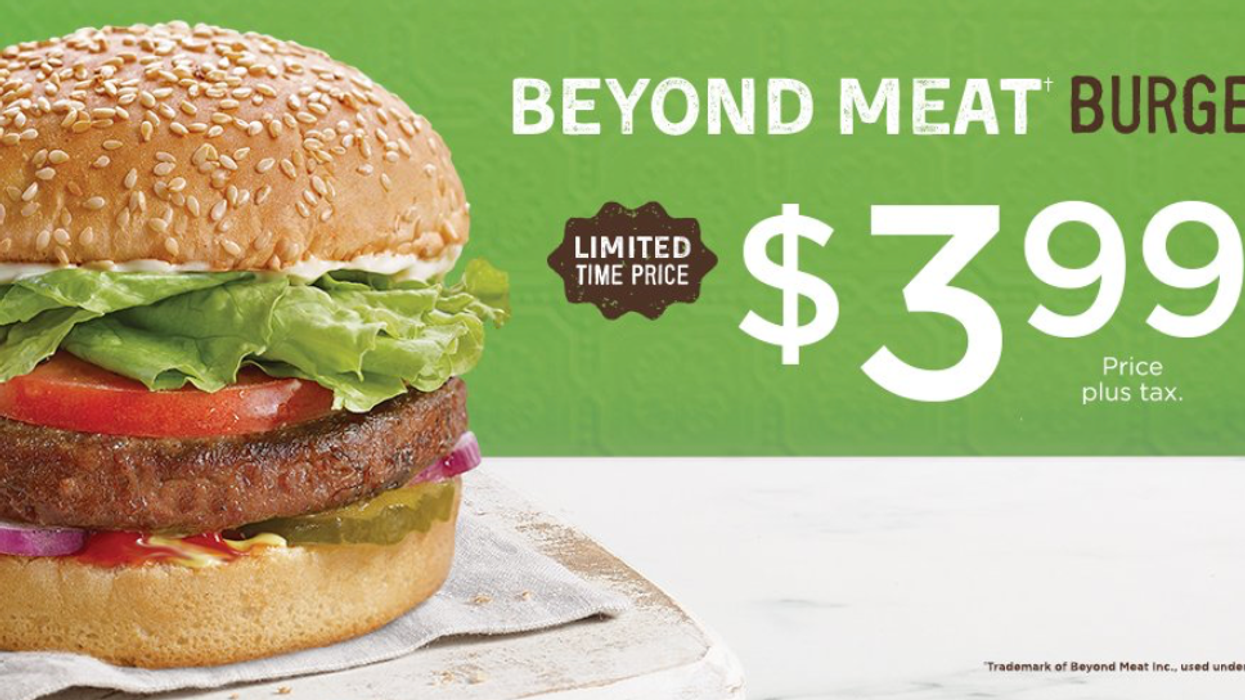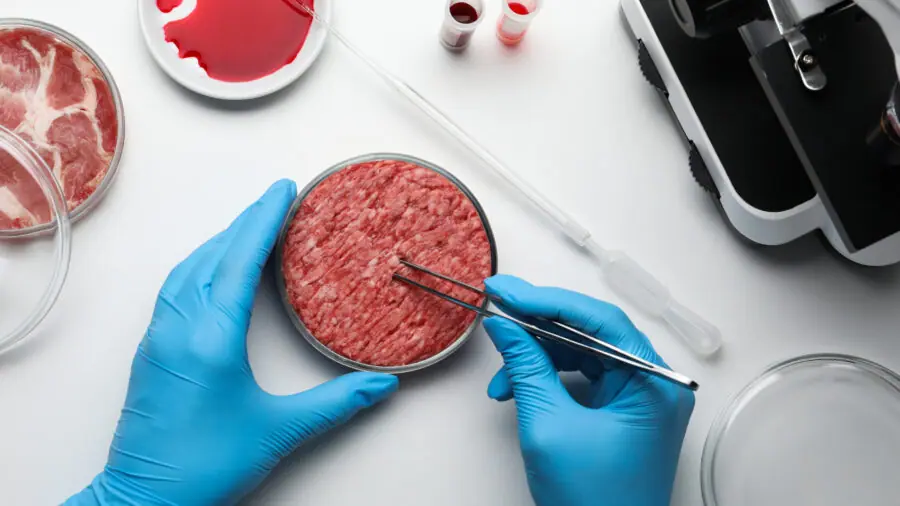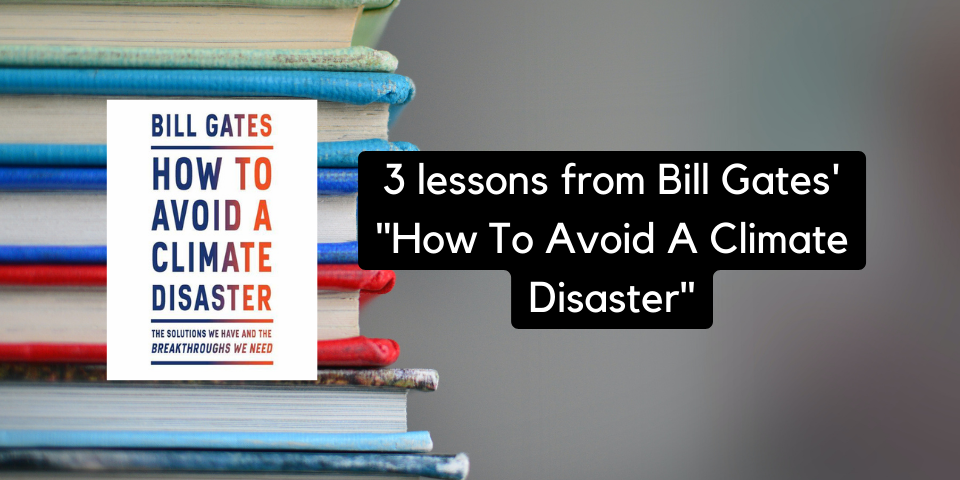Lessons from Bill Gates
Why Bill Gates Agrees With Lighter Foodprint: Lessons Learned from “How to Avoid a Climate Disaster”
Main Points
Full disclosure, I’ve never met Bill Gates and I’m quite sure he’s never heard of Lighter Foodprint either. Nonetheless, I managed to sit down with his new book “How to Avoid a Climate Disaster” and I must say, it’s a must-read for anyone even remotely concerned about the state of our environment. It really puts into perspective not just the current state of the environmental crisis, but all the work we need to do to get to net zero greenhouse gas (GHG) emissions by 2050.
- Is it possible to get to net zero? Absolutely.
- Is it incredibly difficult? Without a doubt.
Despite the roadblocks, Bill Gates encourages us to focus on the positives: we’ve made incredible progress over the past decade, and if we continue to push the rate of innovation and adoption, he’s convinced we can get there.
Here are the three main takeaways from his book that everyone needs to know:
-
We need to get to NET ZERO - We don’t need a reduction in GHG emissions. We need to get to net zero emissions before 2050. Past this point, we would be facing a climate disaster.
-
We can’t just do LESS – To meet this net zero goal, we need to fundamentally change the way we make things, consume things, and do business. This means switching away from the mindset of “doing less” (eat less meat, drive less, use less heating) to changing the way we do things (eat plant-based, manufacture cheaper electric cars, use natural gas for heating instead of fossil fuels). In point 3, you’ll find another example.
-
We need to change the way we grow and consume food – We need to change our food system, which accounts for 19% of all GHG emissions every year, making it the third largest contributor to annual emissions.

How Bad is the Meat Industry?
Raising animals for food emits several GHGs. Among these,, the biggest culprits are methane (which causes 28 times more warming than carbon dioxide) and nitrous oxide (which causes 265 times more warning). There are around a billion cattle in the world right now being raised for beef and dairy, all of which contribute their fair share of nitrous oxide and methane from poops, burps and farts (there’s really no better way to say this so try not to laugh).
If that wasn’t bad enough, population growth contributes to even higher levels of demand for meat. The global population is projected to grow to 10 billion by 2100. With a 40% increase in population, this means that we need 40% more food right? Well…not exactly.
As countries get richer, they tend to consume more calories and protein (although generally true, this isn’t the case for every single person), meaning we just can’t rely on the traditional methods of producing meat because of how fundamentally inefficient meat production actually is.
Let’s think of meat production in terms of calories. For every calorie of input (wheat, feed, etc.), ideally we’d want one calorie of meat as output. Unfortunately, the reality isn’t quite that way. Take a look at the table below, which summarizes the inputs and outputs of each meat category:
For every two calories of feed for chicken production, we get one calorie of poultry. Beef is the worst offender, only producing 17% of the calories used to feed the cows in the first place. We raise 56 billion land animals for our own consumption, 8 times our own population… which means we are currently growing enough food to solve world hunger and feed a growing population. We’re just feeding it to the animals we eat first. What if we ate that food ourselves, instead of feeding them to billions of farm animals?
A Common Argument…And Why It Doesn’t Work
We’ve all probably heard the argument before: “If meat is so bad, why can’t we just stop eating meat entirely? If meat is so bad, we should just stop raising livestock”. Simple. Right?
Theoretically, this approach works. If we completely erased animal agriculture without any repercussions, this would make significant progress in the crusade against climate change.
But unfortunately, there are repercussions.
The main problem: meat is a key part of human culture. In many countries, meat is crucial for celebrations and festivals. Is erasing a part of our culture something we can do to get to net zero? Is it something we can even impose on other countries? Somehow, it doesn’t sit right with me.
Another problem: in poorer countries, people rely on meat as their main source of protein and in some cases, as their only source of income. Taking that away from them would be inhumane.
So maybe we won’t completely erase meat from our diets. However, there are solutions that for now, only wealthier countries can afford.
Solution #1 – Plant-Based Meat
Bill might have been biased when he wrote this part of the book as he was one of the first investors in Beyond Meat and Impossible Foods. But there’s no denying the impact. Plant-based meats emit less GHGs and use up significantly less space and water. You might have already tried an A&W Beyond Meat Burger or Starbucks Beyond English Muffin and hopefully, you came to the same conclusion I did: it tastes pretty good.

Solution #2 – Cell-Based Meat
This one is a little further down the road. Although plant-based meat can mimic minced meat quite well, it’s harder to do this with steak. Cell-based meat is meat that’s grown in a lab. So this isn’t “pretend” meat. This meat is identical to what we have now, with the only difference being how it’s produced: scientists obtain cells from cows or pigs, let the cells multiply, then eventually the tissue is formed, which essentially becomes the meat we eat.

This method requires even less water and emits even less GHGs than plant-based meats (and saves countless animals from suffering), but like I said, this might not hit the market until a decade or so down the line.
Some Roadblocks to Meat Alternatives
The main factor holding back plant-based and cell-based meat from becoming a household staple right now is cost. Right now, the substitutes are around 86% more expensive than the real thing since it’s so new to the market, with less demand and economies of scale to bring down production costs.
What can we do about this?
Well, simple. If you can afford it, buy it. Switch out meat entirely from your diet and treat yourself to a hearty platter of plant-based beef. Although the costs are high right now, the more these products are sold, the more the producers can find cheaper ways of making them cheaper (and subsequently sell them at a more affordable price point).
And why not try a variety of different brands? The more competition there is between different producers, the more incentive they’ll have to lower their prices to capture more customers. What we need right now more than anything is for those prices to go down to the point where they’re cheaper than actual meat. That’s the way we’ll achieve large-scale adoption.
Why Lighter Foodprint Agrees with Bill Gates
We agree with our good friend Bill (again, emphasizing that we’ve never actually met him); as soon as we can eliminate meat consumption, we’re on our way to getting to net zero emissions by 2050.
We know that there is a demand for more plant-based foods in Vancouver, especially in restaurants. By closing the communication gap and informing consumers the level of carbon emissions associated with menu items, consumers will make better informed decisions and use their voices to share a collective message to restaurants: “We want more low carbon alternatives. We need to get to net zero”.
And like I said, the increased demand and price competition will eventually lower meat alternative prices, making it available to almost everyone.
So, what can you do to help speed up this process? Well, aside from stopping by A&W for a Beyond Meat Burger, send your favourite restaurant a direct message and throw in a suggestion for them to include climate labels! We’d love to connect and we need all the support we can get to get this project off the ground.
And Bill, if you’re reading this, give us a shout out in your next book!
